Hamstrung by hamstrings
Dealing with injuries is a harsh reality for almost any athlete. No matter how careful you are, injuries happen. How you care for an injury determines whether the issue is resolved, or comes back to haunt you for months, years or more.
Mighty muscles
A common injury is a stretch or tear of the hamstring muscles. The hamstrings are those muscles that run down the back of your thigh, the ones that often get overlooked until it is too late. If you are an athlete who sprints, jumps or leaps a lot, who runs regular hill sprints, or who participates in high-intensity explosive training, your chances of tearing a hamstring will be significantly greater than those of an athlete who maintains a consistent and steady pace.
Due in part to the role hamstrings play in acceleration, we often see hamstring tears in runners. The three hamstring muscles control the two big joints, the hip and the knee. Running produces a great deal of tensile strain as the muscles stretch and contract, especially during an intense sprint or leap.
To avoid hamstring injuries, strength training and properly warming up cannot be over stressed in terms of their importance for athletes who perform highly explosive activities.
Assess and rehab
Should you experience a hamstring injury, I would strongly suggest that you seek the help of a qualified therapist or kinesiologist to make sure you receive a proper assessment and treatment program. Research has shown that people who had a hamstring injury, and who just stretched for their rehabilitation, had a 70 per cent chance of return of the pain.
Athletes who performed progressive resistance exercises for the hamstrings with core and pelvic stabilization exercises had the best results in recovery. A hamstring injury won’t go away from just resting. Seek qualified guidance – and then follow the rehabilitation exercises prescribed.
More from this author by clicking on his photo below.
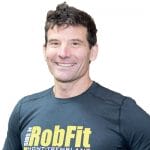
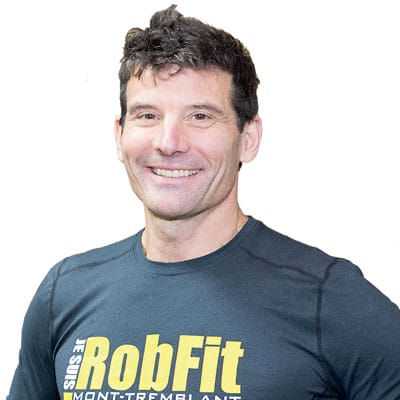
Robert Roy118 Posts
Kinésiologue reconnu, Robert Roy utilise l’exercice à des fins de prévention, de réhabilitation et de développement athlétique. Il cumule plus de 30 ans d’expérience auprès d’athlètes de tous les niveaux. Il a fondé le Quartier Général RobFit afin d’offrir un environnement d’entraînement hors pair dans la région. / Well-known kinesiologist and seasoned professional, Robert Roy uses exercise for its preventive and rehabilitative virtues as well as for athletic development. With over 30 years of experience with athletes of all levels, he founded and leads the RobFit KinCenter, the preeminent kinesiology facility in the region.


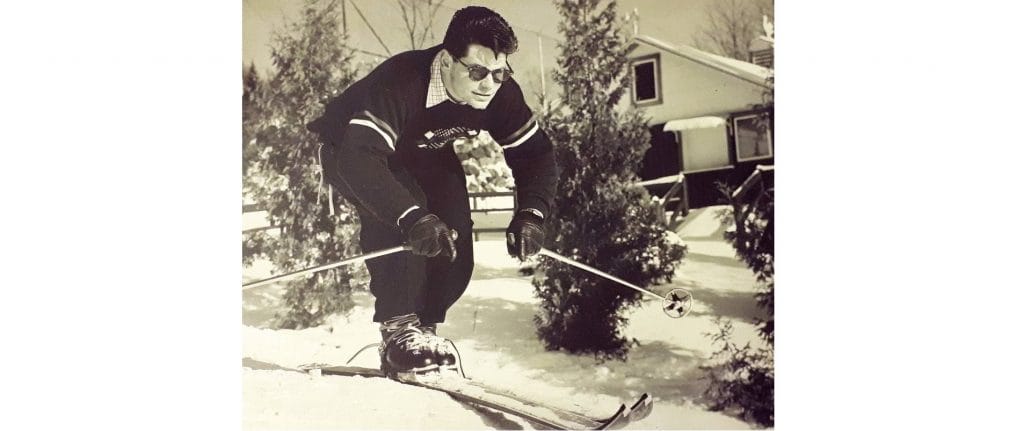

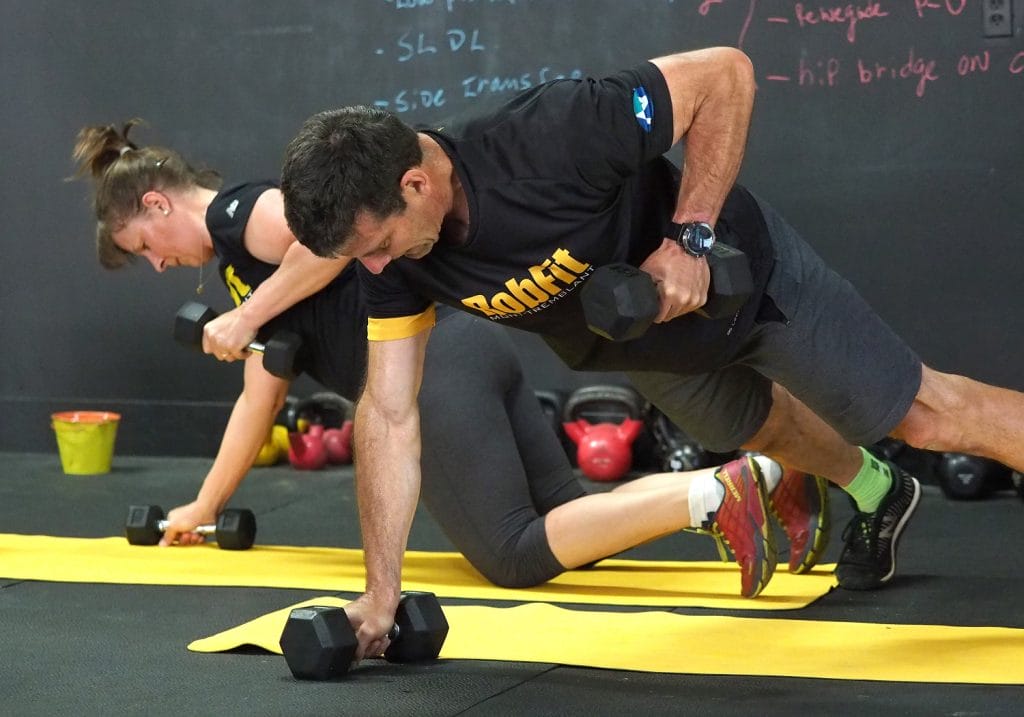

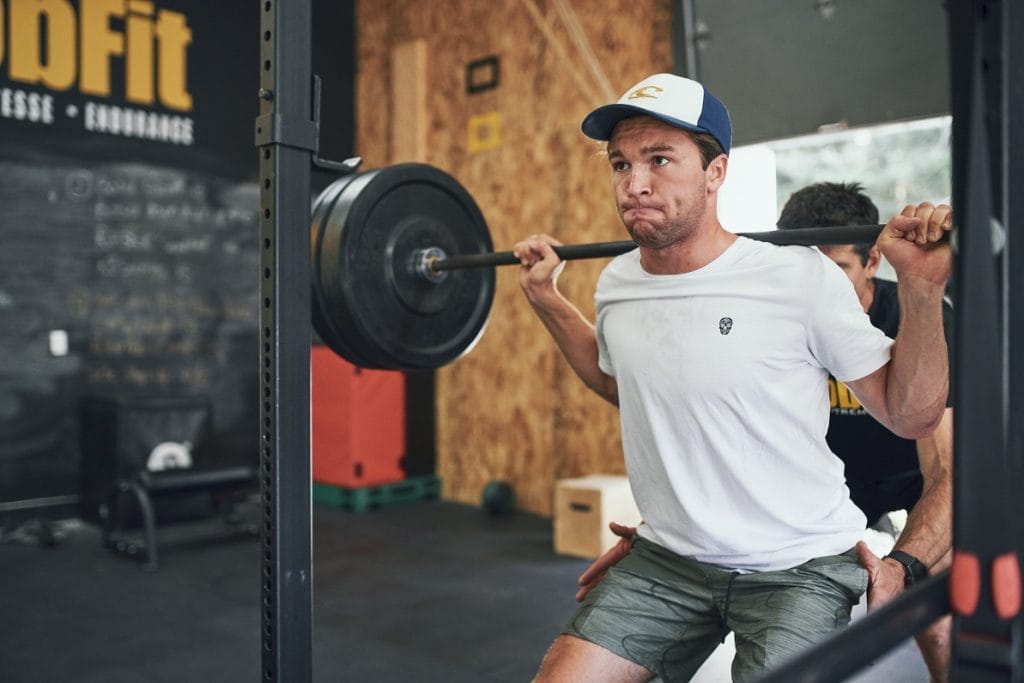


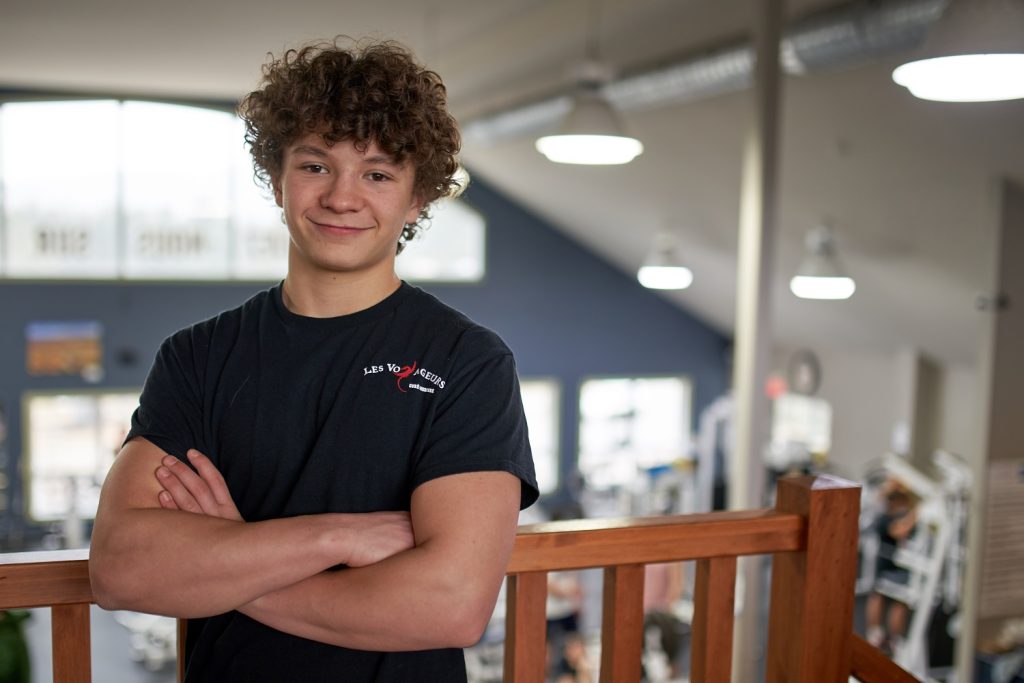

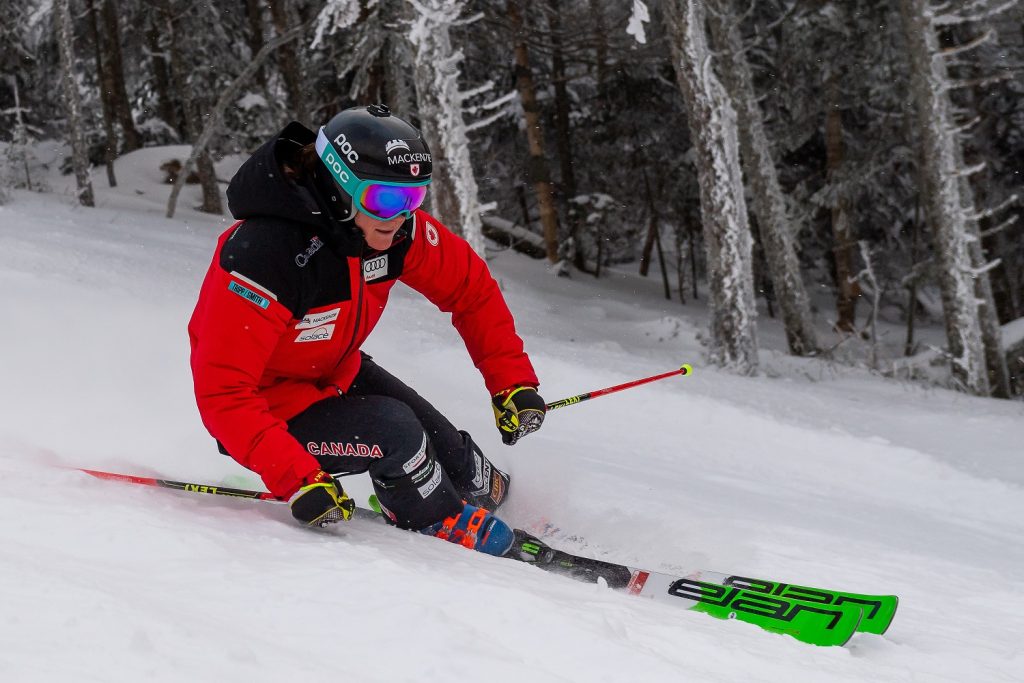
0 Comments